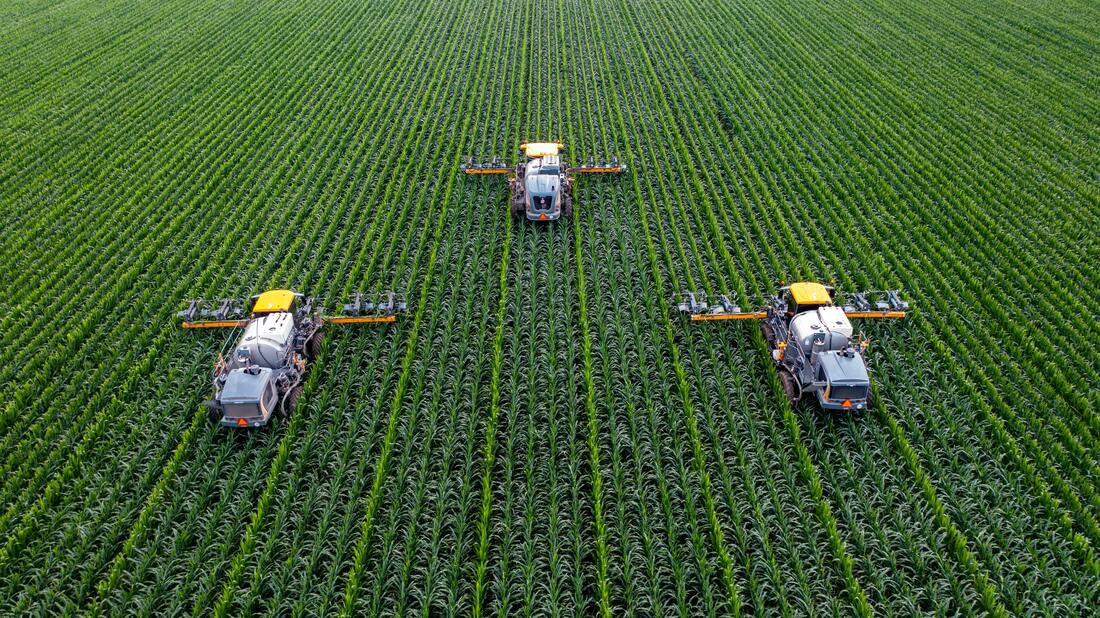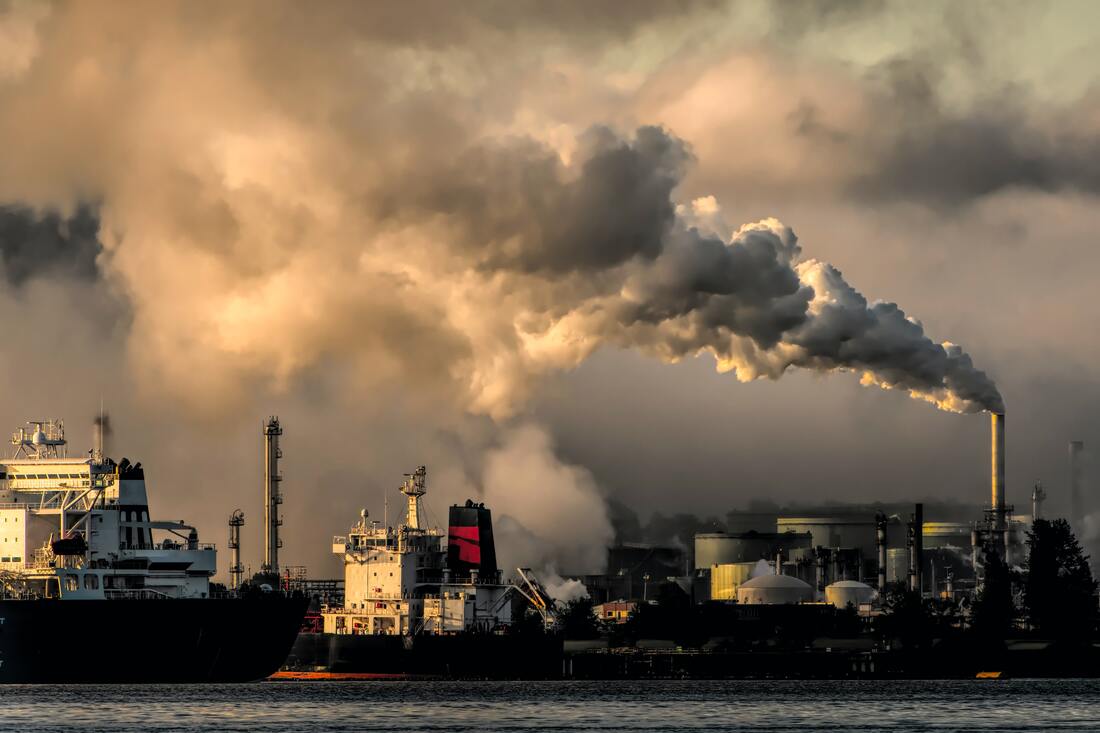At Green Works, we check in with our clients a little while after completion of a project. It is always good to get feedback and any thoughts on the project itself but it is also...
Blog
We are passionate about sustainability and so please feel free to read through some of our ramblings and thoughts on how to make the world a better place.
A collection of scientific reviews, opinion pieces and content to start conversations.
A Q&A we did with SWIG Finance
Why is it important for a business to evaluate its sustainability and environmental impact? For society to achieve the climate change ambitions set out in the Paris agreement of...
Sustainable Packaging
Is there such a thing as ‘Sustainable packaging’? Climate change and pollution is now the #1 issue for the British public according to the 2021 Ipsos Mori issues index. Our...
Sustainable Agriculure
Sustainable agriculture in the developed world has lent heavily on genetically modified crops - but is this the right way to go for feeding a planet of 8 billion people and...
Complexities of Carbon Markets
How we measure carbon production and then trade it in both compliance and the voluntary markets is often both scarily inaccurate or overwhelmingly complex. The standard...
A price for Ecosystem Services?
The recently published government review on the economics of biodiversity was scathing on our interactions with nature and valuation (or lack of) of ecosystems. The Dasgupta...
Scientific Consensus On Carbon
What are the processes responsible for climate change? The IPCC report provides an authoritative compilation of scientific evidence about climate change. But how representative...
Sustainable Development Goals
The UN Sustainable Development Goals (SGDs) replaced the Millennium Development Goals (MDGs) and have been used my many organisations as a benchmark and framework for economic...
Get In Touch
Give us a call or drop us an email to start the conversation. We love to talk all things sustainability and so do not hesitate to get in touch.
We offer a free 30 minute zoom chat to learn more about your ambitions and see where we can help







